Bulletproof vests go back to the 19th century, when a special silk vest could stop a round from a handgun.
Archduke Ferdinand was actually wearing one on June 28, 1914 — but Gavrilo Princip shot him in the neck and started World War I.
Bulletproof vests go back to the 19th century, when a special silk vest could stop a round from a handgun.
Archduke Ferdinand was actually wearing one on June 28, 1914 — but Gavrilo Princip shot him in the neck and started World War I.
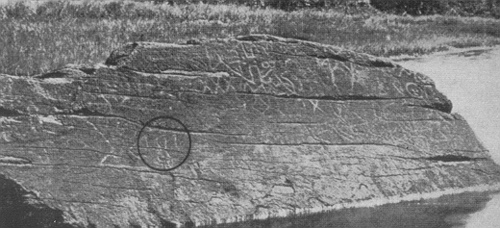
In May 1502, Portuguese explorer Miguel Corte-Real set out to find his brother Gaspar, who had disappeared somewhere near Newfoundland the previous year. Miguel also disappeared, and was assumed to have died in a storm …
… but no one has explained the inscriptions on Dighton Rock, a 40-ton boulder in the Taunton River in Massachusetts. It was customary for Portuguese explorers to inscribe their nation’s coat of arms as a land claim during the Age of Discovery, so some scholars believe that Miguel reached the New World and survived long enough to stake an early claim in Massachusetts. No other trace of him exists.
Most common street names in the United States, as of 1993:
FIRST isn’t first because it’s often called MAIN instead.
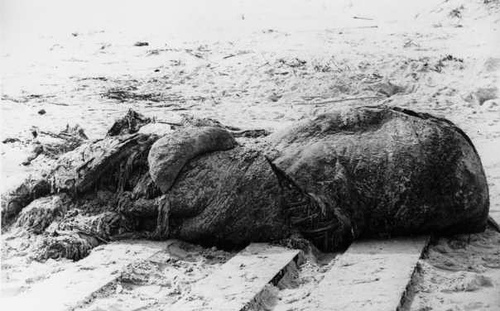
On Nov. 30, 1896, two young boys came across an unidentified carcass on the beach near St. Augustine, Fla. Pale pink and rubbery, it was huge, 18 feet long and weighing an estimated 5 tons.
An analysis in 1971 agreed with early guesses that it was a gigantic octopus — in this case almost unthinkably huge, “with arms 75 to 100 feet in length and about 18 inches in diameter at the base — a total spread of some 200 feet.”
More recent studies in 1995 and 2004 say it was “the skin of an enormous warm-blooded vertebrate,” probably the entire blubber layer of a whale. Ick.
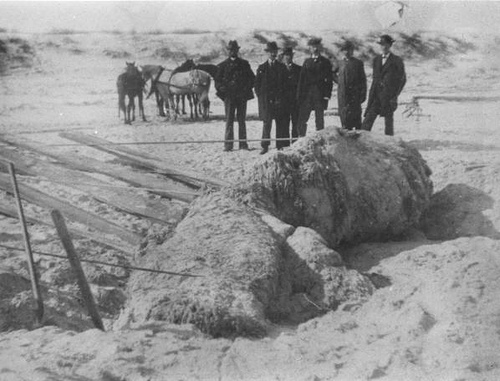
In July 1920, two railroad workers found a life jacket on the shore of the Delaware River in Philadelphia.
It bore the name LUSITANIA.
Famous people born on Friday the 13th:
The fear of this date is called paraskavedekatriaphobia.
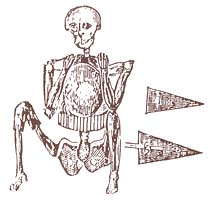
In 1832, a human skeleton was unearthed in a sandbank in Fall River, Mass. A triangular plate of brass covered its sternum, and it wore a broad belt of brass tubes. The grave also contained a number of brass and copper arrowheads. To judge from the skull, the skeleton had belonged to a young man, but from where? The local Indian tribes did not work brass.
One commentator claimed it as evidence that the Phoenicians, Carthaginians, or Egyptians had discovered North America in the remote past. Later historians speculated that an early Norse explorer might have traveled south from Newfoundland, but the style of armor was unknown to medieval Norway. A third possibility is that it belonged to an early European colonist, perhaps a Portuguese explorer.
The skeleton was destroyed in a fire in 1843, so there’s no way now to date the remains scientifically, or to gather any further information. Its identity must remain a mystery.
Countries with the greatest number of active troops:
Mail addressed to Dr. Seuss was frequently misdirected to Dr. Hans Suess, a nuclear physicist who lived in the same town, La Jolla, Calif.
The scientist bore this patiently, but he was overshadowed even in death. His personal papers are housed in a San Diego library named after … Dr. Seuss.
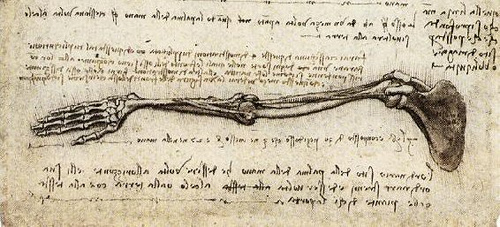
Leonardo da Vinci recorded most of his personal notes in mirror writing. Maybe he wanted to hide his ideas from the Church … or maybe, being left-handed, he didn’t want to smudge the ink.